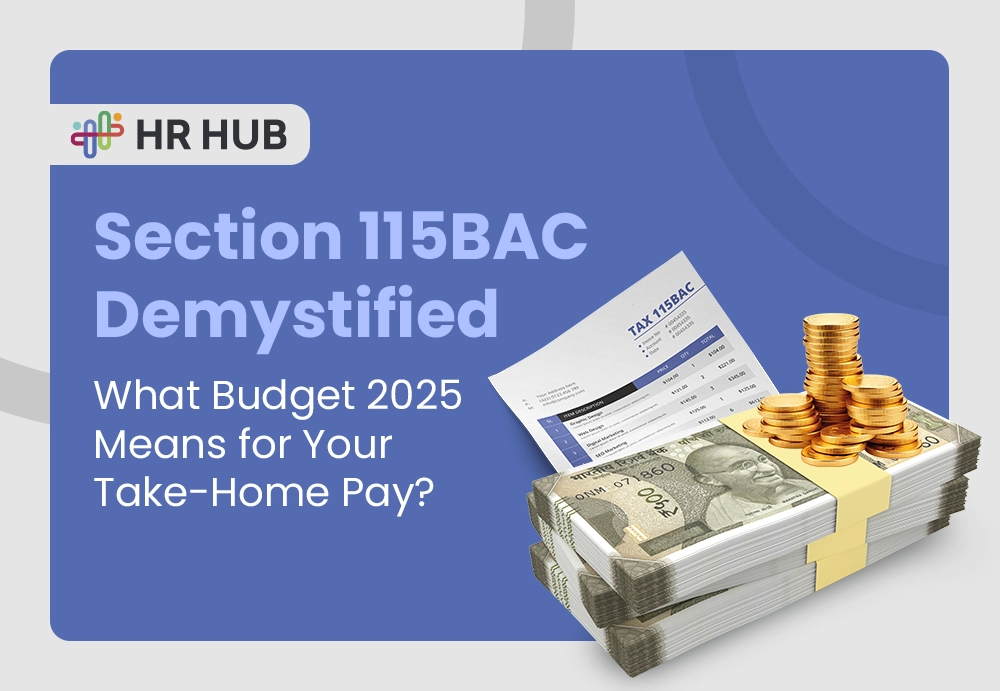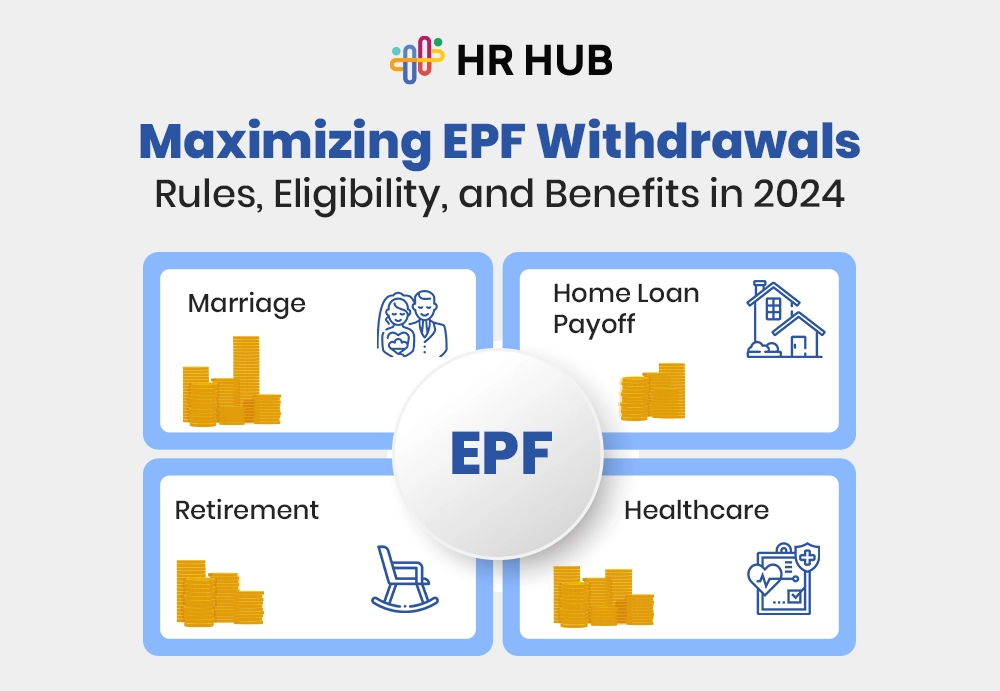In a world where adaptability is the currency of success, clinging to rigid, on-premises human resources software feels like showing up to a Formula One race on a tricycle.
Traditional, static HR systems—those locked away on in-house servers—once offered a sense of control. You knew exactly where your data was, how it was managed, and when updates would happen. But in today’s rapidly evolving business landscape, those “fixed” systems can feel more like anchors than advantages.
That’s where cloud-based human resources software comes in—offering not just tools, but an entirely new way of thinking about HR.
Why Static HR Systems Can Hold You Back?
Let’s be honest—while traditional hr systems served their purpose in the past, clinging to static, on-premises software in 2025 feels like driving a vintage car in a world of Teslas. Sure, it’s familiar. Maybe even comforting. But it’s also limited, clunky, and far from agile.
Here’s why static HR systems are more of a liability than an asset today:
Stuck Behind the Firewall
Static HR systems are often tethered to your office network. Need to approve a candidate offer on a weekend or check compliance reports from home? You’ll likely face VPN hurdles or total inaccessibility. This means delays, missed opportunities, and frustrated HR teams.
Updates That Feel Like Upheaval
Every system update becomes a scheduled disruption. IT has to plan it, employees are forced into downtime, and worst of all, some updates might be skipped altogether, leaving you vulnerable to outdated features and security gaps.
Data Islands That Don’t Talk
Integrating static HR systems with payroll, accounting, or performance tools often requires workarounds, data exports, and manual checks—wasting time and inviting errors. It’s like speaking different languages in the same room.
Costs You Didn’t See Coming
On-premises systems aren’t just expensive to install—they demand ongoing investments in server maintenance, backups, disaster recovery plans, and specialized IT resources.
Inflexible in the Face of Change
Business is dynamic. You may open new locations, change workforce structures, or adapt to new compliance requirements. Static systems don’t flex easily, turning growth opportunities into logistical nightmares.
These challenges aren’t just technical—they affect your people. When systems slow down HR’s ability to support, engage, and develop talent, the whole organization feels the strain.

Why the Cloud Is More Than Just a Buzzword
Now, imagine a world where your HR system isn’t confined to your office building but lives in the cloud—accessible, adaptable, and ready for whatever the business throws its way. Cloud-based human resources software is not just a technical upgrade—it’s a mindset shift towards agility, empowerment, and resilience.
Here’s what sets cloud HR apart:
Boundless Access, Anytime, Anywhere
Your HR team can process approvals, analyze performance, or onboard talent from any location—whether it’s a corner office, a home workspace, or a tropical retreat.
With the robust employee self-service portals, employees can self-serve leave requests, view payslips, or update their details without needing to wait for HR. It’s not just convenience—it’s freedom.
Security That Stays Ahead of the Curve
Cloud providers don’t just offer basic protection; they deliver robust, evolving security frameworks.
End-to-end encryption, continuous vulnerability monitoring, and compliance with global standards, such as GDPR and SOC 2, are built into the system. It’s like having a world-class security team on standby 24/7.
Scale with Confidence
Planning to expand into new markets? Need to onboard hundreds of employees quickly?
Cloud platforms handle scaling effortlessly. They adapt to your business needs, eliminating the “will our system keep up?” worry.
Integration Made Simple
Forget complicated IT projects. Modern cloud systems are designed for seamless integration with payroll, performance, and learning management tools, connecting your entire HR ecosystem into one cohesive, efficient workflow.
Real-Time Data That Powers Strategy
Instead of waiting days for reports, HR teams get instant insights. Spot engagement dips early. Track diversity metrics.
Monitor time-to-hire in real time. The cloud doesn’t just store data—it turns it into actionable intelligence.
An Elevated Employee Experience
Cloud systems bring HR closer to the people they serve. Self-service portals, mobile access, and automated notifications empower employees to engage with HR processes on their terms, enhancing satisfaction and productivity.
In essence, cloud-based HR software transforms the role of HR from being a reactive function to a proactive, strategic partner in business growth. It’s about moving from “making do” to “thriving” in today’s fast-paced world.
How to Maximize the Cloud Advantage: Best Practices
Switching to cloud-based human resources software is more than a technical upgrade—it’s a strategic move that reshapes how HR operates and adds value to your organization.
But simply buying a cloud system isn’t enough. To truly unlock its potential, a thoughtful approach grounded in best practices is necessary. Let’s dive deep into how you can make the most of the cloud advantage:
Define Your North Star: Start with Clear Objectives
Before you even evaluate vendors or platforms, take a step back and answer:
- What problem are we solving?
- Are we aiming for efficiency, better compliance, enhanced employee experiences, or all of the above?
For example, a company overwhelmed by manual performance reviews might prioritize a cloud platform with automated feedback loops and real-time analytics. Another business aiming for global expansion may need scalable systems with multi-language and compliance capabilities.
Clear objectives not only guide your system choice but also shape how you implement and measure success.
Engage Stakeholders Early and Often
Cloud adoption isn’t just an HR project—it touches IT, finance, legal, and employees. Early stakeholder involvement ensures you select a system that works across functions, aligns with broader business goals, and garners buy-in.
Imagine launching a cloud-based HR system and discovering it clashes with your payroll tool or violates a legal requirement in a key region. Early collaboration prevents these headaches.
Action Tip: Form a Cloud HR Steering Committee with representatives from key departments to guide decisions and champion adoption.
Treat Security as a Shared Responsibility
While cloud providers offer robust security—think encrypted data transfers, intrusion detection, and strict compliance standards—you must also play your part.
- Establish clear internal policies on password management, access control, and regular user audits.
- Educate employees on phishing and best practices for data protection.
Remember: Security isn’t a “set it and forget it” feature. It’s an ongoing collaboration between your business and your cloud vendor.
Beware of the Customization Trap
It’s tempting to tailor your cloud system with endless custom fields, workflows, and reports. But over-customizing can:
- Slow down future updates and upgrades.
- Create a tangled mess of processes that only a few experts understand.
- Increase long-term costs.
Instead, embrace best-practice configurations and adapt your processes where possible. Cloud platforms often offer configurable templates that strike a balance between flexibility and simplicity.
Invest in Comprehensive Training and Change Management
A system is only as powerful as the people using it. Training shouldn’t be an afterthought—it should be a core part of your implementation plan.
- Offer engaging, role-based training sessions for HR, managers, and employees.
- Provide resources like video tutorials, quick-start guides, and FAQs.
- Create a support network—whether through “HR champions” or a dedicated helpdesk—to answer questions and troubleshoot early issues.
Also, celebrate quick wins—like early adoption of self-service tools—to build momentum.
Integrate Thoughtfully for a Unified Experience
Cloud-based hr systems work best when they connect seamlessly with your other business tools. Integration ensures that data flows smoothly between HR, payroll, accounting, talent management, and other systems—eliminating data silos and duplication.
For example, integrating your HR software with a learning management system (LMS) can automate training assignments based on performance reviews and evaluations. Syncing with your accounting system can streamline payroll and expense management.
Pro Tip: Begin with high-impact integrations and gradually expand over time to establish a connected digital ecosystem.
Monitor, Measure, and Iterate
Don’t just “go live” and move on. Monitor system performance, user adoption, and engagement metrics. Use analytics to:
- Identify which features are underused or confusing.
- Spot potential bottlenecks in workflows.
- Measure key KPIs like time-to-hire, employee satisfaction, and payroll accuracy.
Regularly gather feedback from users and adapt processes and configurations accordingly. The goal? A system that evolves with your organization’s needs, not one that becomes obsolete.
Pro Insight: Think of cloud-based HR adoption as a marathon, not a sprint. It’s not just about software—it’s about building a culture of continuous improvement, agility, and data-driven decision-making.

Charting a New Path with HR HUB
In this era where agility and innovation are key, HR HUB stands at the forefront of transformation. Designed as a modern, cloud-based human resources software platform, HR HUB empowers organizations to move beyond static systems and embrace a dynamic future for their HR operations.
With features ranging from attendance tracking and performance monitoring to leave and management, as well as automated workflows, analytics, and compliance management, HR HUB redefines how businesses approach HR operations.
By adopting HR HUB, you’re not just upgrading your software—you’re embracing a smarter, more adaptable way to manage your people, drive growth, and stay ahead of the curve.






